Body no. 4036 The United States had a fascination with Italian design in the 1950s, particularly within the auto industry. Chrysler’s Ghia specials were making headlines and Nash engaged Pinin Farina to consult on new 1952 models and redesign the Nash-Healey. Even Ford was entertaining ties with Cisitalia. Small wonder then, that Hudson Motor Car Company would come up with an Italo-American hybrid of its own, the 1954 Italia, bodied by Touring. The Italian fascination went both ways. Italy’s coachbuilders were anxious for the notoriety – and business – that might result from alliances with American manufacturers. And as the Chrysler-Ghia and Nash-Farina relationships blossomed, other Italian designers surveyed the American market. In the early 1950s, representatives of Milan’s Carrozzeria Touring paid a visit to Hudson in Detroit. It was an opportune moment. Hudson’s revolutionary Step-down design for 1948, placing the car’s floor below the frame rails, had become old hat, and its semi-unitary concept was difficult and expensive to update. In the process of keeping up with the competition’s Italian-influenced models, Hudson executives reasoned they could test out new concepts for possible redesign of the whole company line. In reality, though, as Chrysler’s Ghias emanated mostly from the pen of Virgil Exner and the 1952 Nashes were largely the work of an in-house team headed by Edmund Anderson, so the Italia owed most of its being to Hudson’s design chief Frank Spring. Never as well-known as Exner or GM’s Harley Earl, Spring was no less an industry veteran. Schooled in Paris, he had a fascination with things European and read extensively of developments there. An aeronautical engineer with the U.S. Army during World War I, he became general manager of the coachbuilding Walter M. Murphy Company in California in the 1920s. While there he supervised the design and construction of bodies for all the big Classics. In 1927 he designed a series of bodies for Hudson, built in limited production in 1928 and ’29 by Biddle and Smart. By 1930, Spring could see that the fortunes of independent American coachbuilders were dim, and exercised his Hudson connection to become their “Style Engineer” in the summer of 1931. He had charge of all Hudson exterior and interior styling from the 1933 models until the merger with Nash in 1954. Working with Touring staff, Spring made a number of transatlantic trips in 1952, ’53 and ’54. A Hudson Jet was shipped to Milan, and an aluminum coupe body hand-formed on its chassis over a tubular superstructure. Graceful in shape, it had a one-piece wrap-around windshield with vertical A-pillars, functional scoops over the headlamps and ornamental exposed “organ pipes” that resembled exhaust stacks. These actually housed the taillamps and backup lights. The Italia was for two passengers only, a large area behind the bucket seats reserved for luggage, which could be strapped down. The doors were cut deeply into the roof, for easier entry and egress, since the Italia sat nine inches lower than the standard Jet. Its engine was a dual carb “Twin-H power” version of the Jet’s 202 cubic inch six; a 3-speed overdrive transmission and Borrani wire wheels completed the package. The prototype was finished in the summer of 1953, and Spring went over to supervise its completion. After its debut, Hudson dealers were invited to place orders for cars to be sold at $4,800. Shown extensively in Europe, the Italia garnered surprisingly little publicity in the United States, even at a time when Corvettes and Nash-Healeys and Kaiser Darrins were big news. Public reaction, too, was mixed. While the overall design of the car was admired, some elements, like the “organ pipes” were considered a bit overdone. Somewhat disappointed by dealer response, Hudson ordered 25 production models. These differed from the prototypes in using an ordinary Hudson instrument cluster, leather-and-vinyl upholstery in place of all leather, and elimination
Body no. 4036 The United States had a fascination with Italian design in the 1950s, particularly within the auto industry. Chrysler’s Ghia specials were making headlines and Nash engaged Pinin Farina to consult on new 1952 models and redesign the Nash-Healey. Even Ford was entertaining ties with Cisitalia. Small wonder then, that Hudson Motor Car Company would come up with an Italo-American hybrid of its own, the 1954 Italia, bodied by Touring. The Italian fascination went both ways. Italy’s coachbuilders were anxious for the notoriety – and business – that might result from alliances with American manufacturers. And as the Chrysler-Ghia and Nash-Farina relationships blossomed, other Italian designers surveyed the American market. In the early 1950s, representatives of Milan’s Carrozzeria Touring paid a visit to Hudson in Detroit. It was an opportune moment. Hudson’s revolutionary Step-down design for 1948, placing the car’s floor below the frame rails, had become old hat, and its semi-unitary concept was difficult and expensive to update. In the process of keeping up with the competition’s Italian-influenced models, Hudson executives reasoned they could test out new concepts for possible redesign of the whole company line. In reality, though, as Chrysler’s Ghias emanated mostly from the pen of Virgil Exner and the 1952 Nashes were largely the work of an in-house team headed by Edmund Anderson, so the Italia owed most of its being to Hudson’s design chief Frank Spring. Never as well-known as Exner or GM’s Harley Earl, Spring was no less an industry veteran. Schooled in Paris, he had a fascination with things European and read extensively of developments there. An aeronautical engineer with the U.S. Army during World War I, he became general manager of the coachbuilding Walter M. Murphy Company in California in the 1920s. While there he supervised the design and construction of bodies for all the big Classics. In 1927 he designed a series of bodies for Hudson, built in limited production in 1928 and ’29 by Biddle and Smart. By 1930, Spring could see that the fortunes of independent American coachbuilders were dim, and exercised his Hudson connection to become their “Style Engineer” in the summer of 1931. He had charge of all Hudson exterior and interior styling from the 1933 models until the merger with Nash in 1954. Working with Touring staff, Spring made a number of transatlantic trips in 1952, ’53 and ’54. A Hudson Jet was shipped to Milan, and an aluminum coupe body hand-formed on its chassis over a tubular superstructure. Graceful in shape, it had a one-piece wrap-around windshield with vertical A-pillars, functional scoops over the headlamps and ornamental exposed “organ pipes” that resembled exhaust stacks. These actually housed the taillamps and backup lights. The Italia was for two passengers only, a large area behind the bucket seats reserved for luggage, which could be strapped down. The doors were cut deeply into the roof, for easier entry and egress, since the Italia sat nine inches lower than the standard Jet. Its engine was a dual carb “Twin-H power” version of the Jet’s 202 cubic inch six; a 3-speed overdrive transmission and Borrani wire wheels completed the package. The prototype was finished in the summer of 1953, and Spring went over to supervise its completion. After its debut, Hudson dealers were invited to place orders for cars to be sold at $4,800. Shown extensively in Europe, the Italia garnered surprisingly little publicity in the United States, even at a time when Corvettes and Nash-Healeys and Kaiser Darrins were big news. Public reaction, too, was mixed. While the overall design of the car was admired, some elements, like the “organ pipes” were considered a bit overdone. Somewhat disappointed by dealer response, Hudson ordered 25 production models. These differed from the prototypes in using an ordinary Hudson instrument cluster, leather-and-vinyl upholstery in place of all leather, and elimination
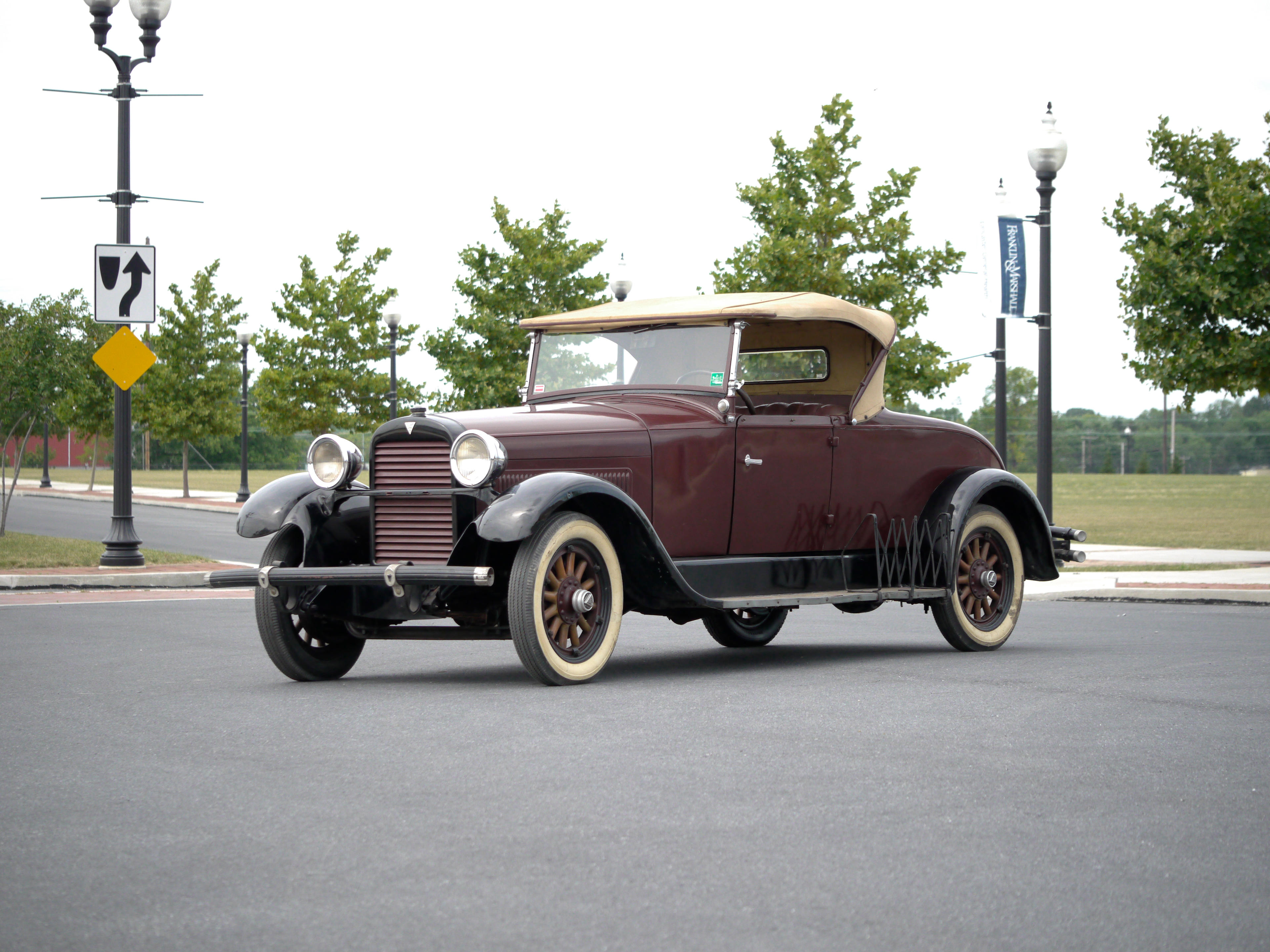

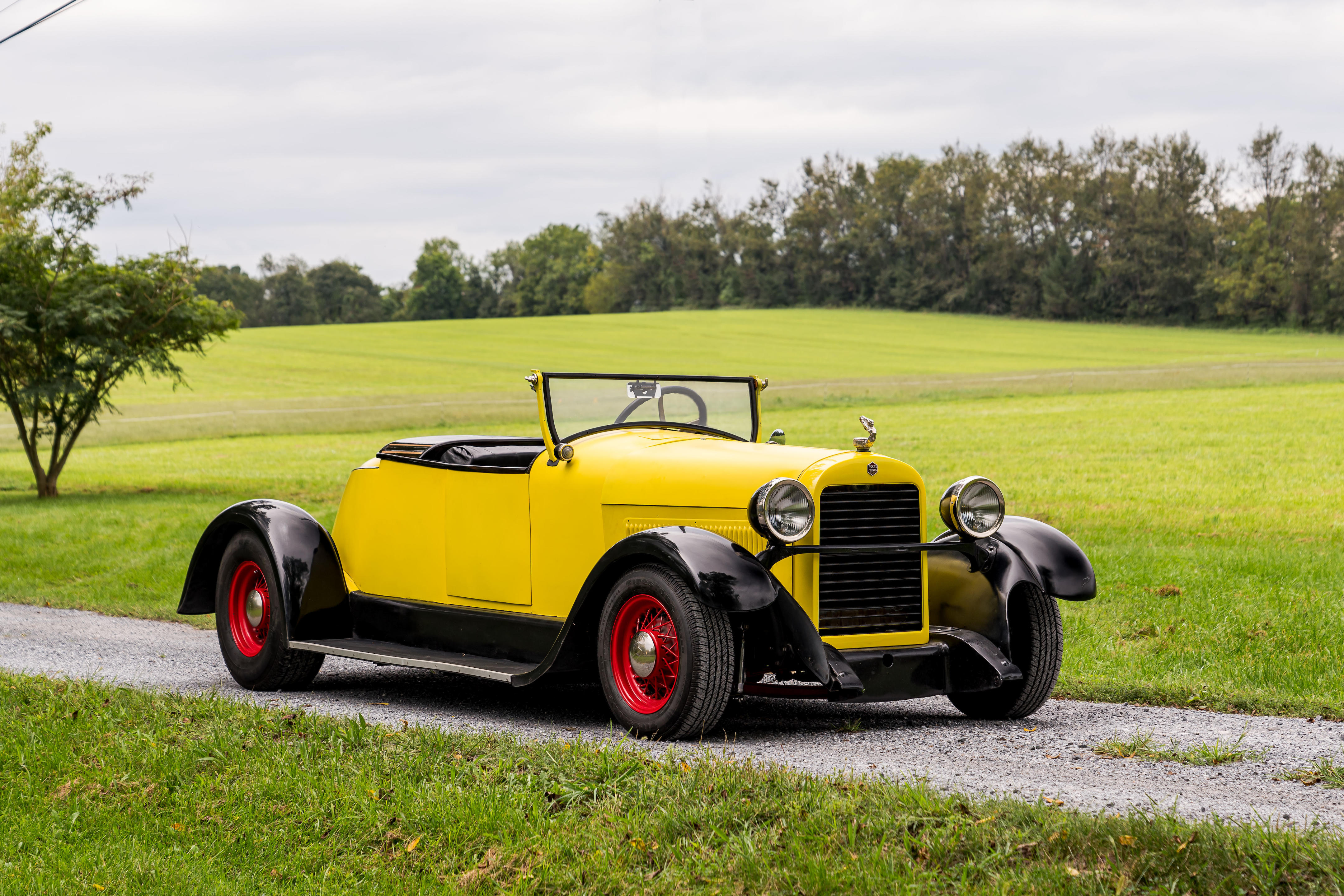

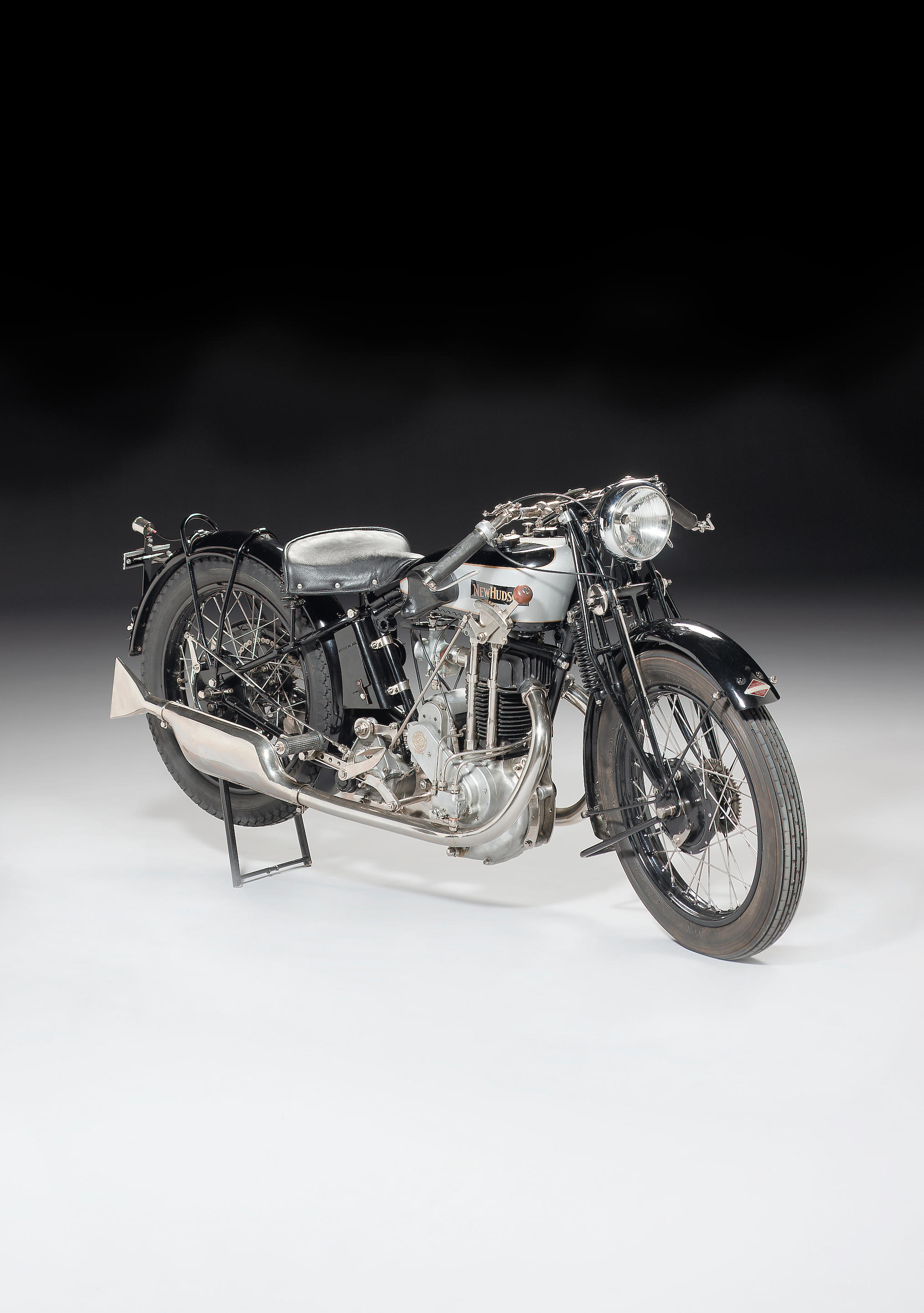
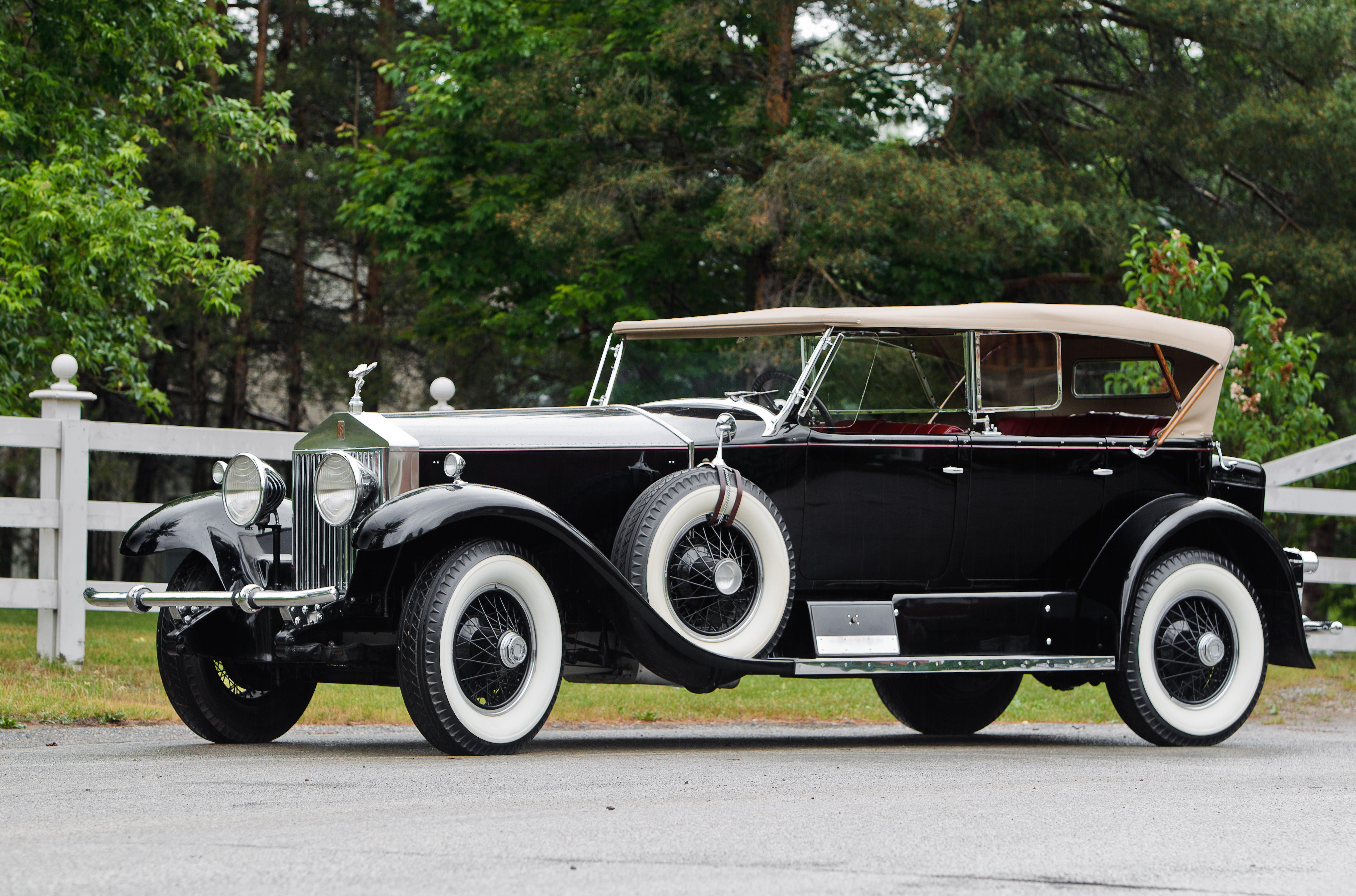




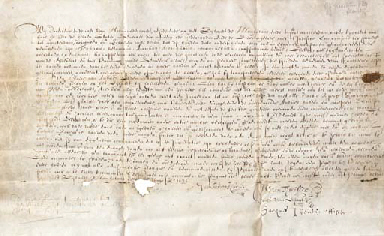



/113815/Internet%20Image%201.jpg)
Try LotSearch and its premium features for 7 days - without any costs!
Be notified automatically about new items in upcoming auctions.
Create an alert